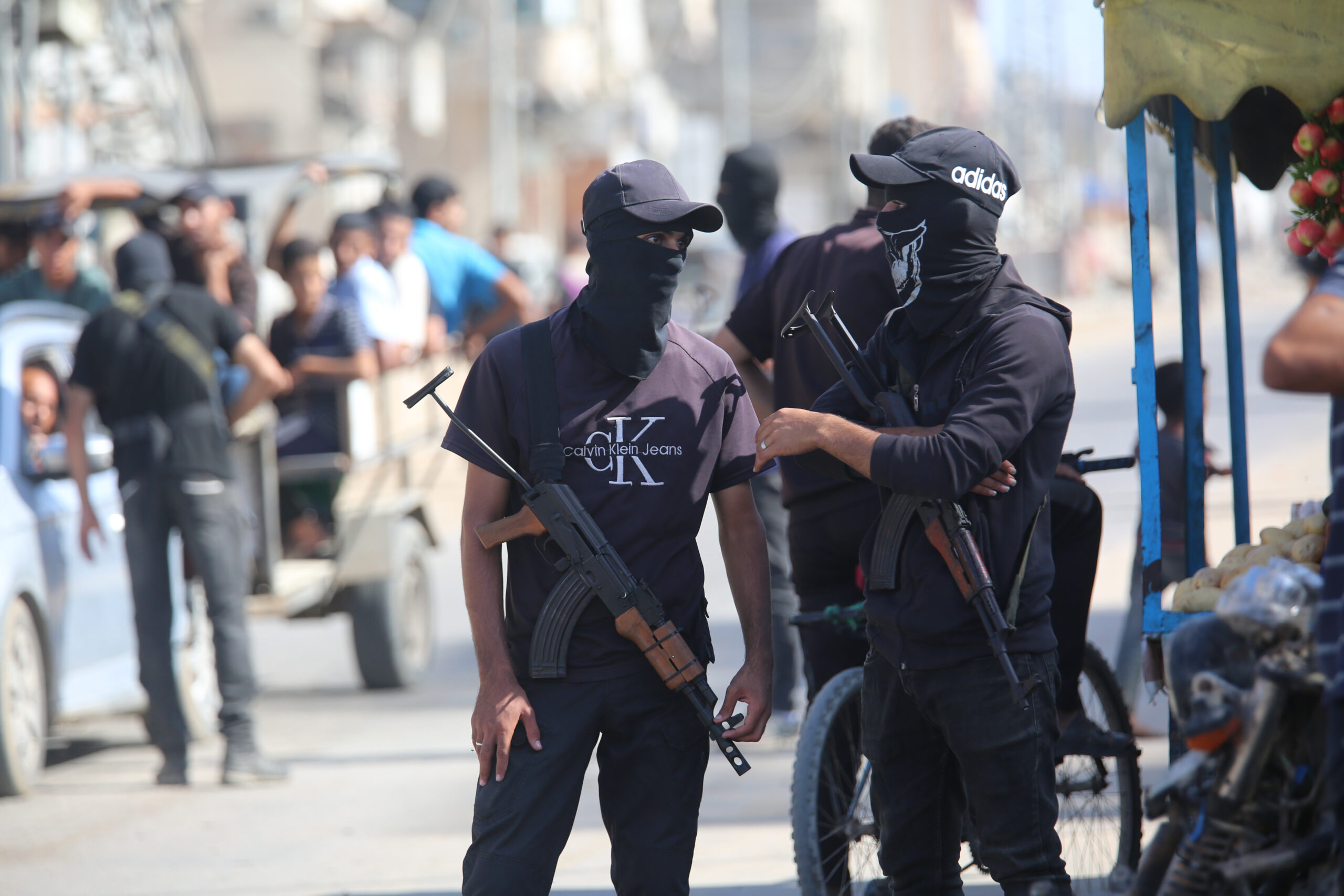Hamas has spent the weeks since the ceasefire tightening its grip on Gaza. The group has executed opponents in the streets, attacked Israel Defense Forces (IDF) soldiers along the perimeter, and diverted humanitarian aid meant for civilians. Yet Washington is now considering a shift that could leave Hamas armed and entrenched, even as the White House insists it is committed to demilitarization. Israeli officials warn that this change risks turning the current fragile ceasefire into a permanent security disaster.
Despite Hamas’s clear aggression, the Trump administration is weighing whether to drop the central demand of its own peace plan: the deployment of an international stabilization force tasked with disarming Hamas. According to Israeli officials briefed on the discussions, the White House has struggled to persuade foreign governments to commit troops. This challenge has pushed Washington toward what one security source described as “interim solutions,” arrangements that Israel views as unworkable because they leave Hamas’ arsenal intact. A senior Israeli official said Hamas “has been strengthening in recent weeks since the end of the war,” a development impossible to ignore when examining the group’s actions on the ground.
In recent days, Hamas gunmen have killed Gazans they accused of cooperating with Israel or violating Hamas-imposed rules. These executions followed a familiar pattern that long predated the war: masked operatives dragging men into the street, firing shots in full view of residents, and issuing threats meant to intimidate anyone considering dissent. Humanitarian groups operating in northern Gaza reported that aid shipments were again being seized by Hamas operatives, with trucks redirected to Hamas-controlled warehouses. IDF soldiers guarding crossing points have come under renewed fire from Hamas cells operating in areas the group reoccupied once Israeli forces pulled back under the ceasefire terms.
The United States is preparing to bring a resolution to the UN Security Council that includes the 20-point plan President Donald Trump unveiled in September. The draft authorizes a temporary International Stabilization Force empowered to operate through 2027. Israel has already begun preliminary planning for the arrival of foreign troops, but the countries willing to join the force say they will not enforce disarmament. They prefer a peacekeeping role, not a confrontation with a terror organization embedded in civilian areas. Israeli officials view this as a fatal flaw. “There can be no rehabilitation before demilitarization,” one said. “Gaza must be demilitarized.”
The political track is becoming tangled. Russia introduced its own resolution, one that avoids naming Trump and does not authorize any stabilization force. At the same time, Qatar, Egypt, the UAE, Saudi Arabia, Indonesia, Pakistan, Jordan, and Turkey issued a joint statement supporting the U.S. draft, emphasizing that the process “offers a pathway to Palestinian self-determination and statehood.” Israel warns that any diplomatic structure assuming Hamas will voluntarily disarm is disconnected from what is happening inside Gaza.
Munther al-Hayek of Fatah said Hamas’ actions “give a clear indication that Hamas wants to continue to govern.” Gaza commentator Mustafa Ibrahim added that Hamas is using the slow pace of diplomacy “to bolster its rule.” These are not abstract warnings. They are firsthand observations from people watching Hamas reassemble itself in real time.





